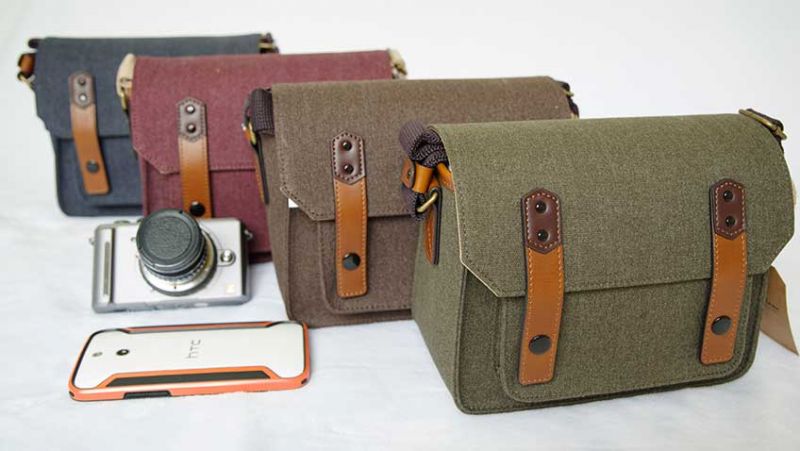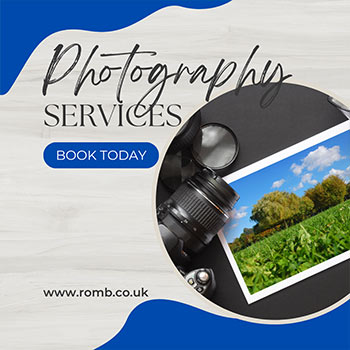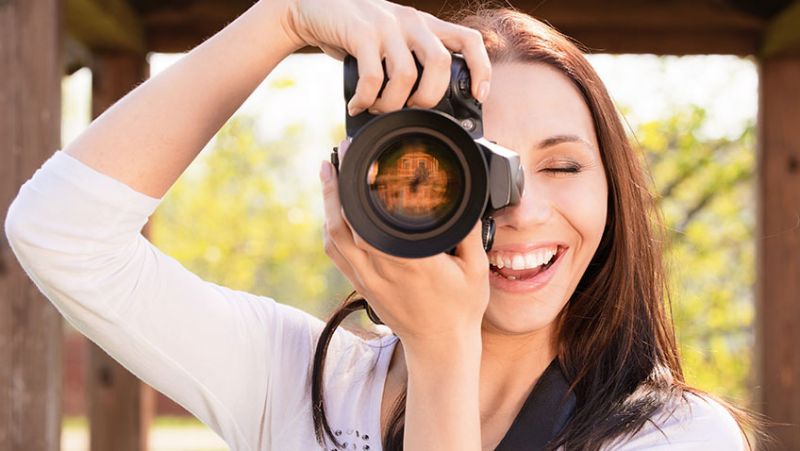
When shopping for a photography bag, it is important to consider what type of photography you do, the amount of gear you need to bring with you, and how much protection your gear needs. Photography bags come in all shapes and sizes, and it can be difficult to decide which one is right for you.
Types of Photography Bags and Cases
When exploring the different types of photography bags and cases, it is important to consider your photography style in order to find the best option for you.
The most important factor to consider when choosing a photography bag or case is the amount of equipment you need to carry. If you only have a few items, then a simple pouch may be all you need.
Pouch
Pouches can be made from a variety of materials, including leather, nylon, and polyester. When choosing a pouch, consider what you'll be using it for and how often you'll be carrying it. If you're looking for a pouch to take on vacation or use every day, something durable like leather or nylon might be a good choice. If you're only using it occasionally, a more lightweight material like polyester might suffice.
Most pouches have a zippered closure to keep contents secure. Some also have a strap or handle for easy carrying. When shopping for a pouch, pay attention to the size and shape to make sure it will fit your needs. Pouches come in a variety of sizes, from small enough to fit in your pocket to large enough to hold a DSLR camera and lens.
Holsters and Belts
If you're looking for a way to carry your camera without having to hold it, consider using a holster or belt. Holsters can be worn around your waist or over your shoulders, and they typically offer limited room for accessories, such as an extra lens. Belts can also be worn around your waist or over your shoulder and provide more space for carrying additional items. When choosing a holster or belt, keep in mind the type of camera you have and the accessories you'll need to carry with it.
Backpacks
Backpacks and messenger bags are both great options for carrying your photography equipment around. They are both larger in size, and come with straps to make them easy to carry. However, backpacks offer extra cushioning to protect your gear, which is important for longer outings. Whichever option you choose, make sure it is comfortable to wear and has enough room for all of your equipment.
Trunks and Hard Cases
Trunks and other hard cases offer the most protection for your equipment. These types of cases can range from the size of a large shoe box to the size of luggage or larger. They typically come with cushioning and dividers to help you stay organized.
When it comes to traveling with your photography gear, trunks and hard cases are a great option. Many of them have carrying handles, while some of the larger or bulkier options have extension handles and wheels to make traveling even easier. Due to their size, they're a good option if you need to bring tripods, lights, and other accessories as you work.
Some of the best hard cases on the market are made by brands like Pelican, SKB, and Nanuk. These companies specialize in making high-quality, durable cases that will protect your gear from the rigours of travel. If you're looking for a trunk or hard case for your photography gear, be sure to check out some of the options from these brands.
How to Choose a Photography Bag
Now that you know what style of photography bag to choose, the next step is to consider material and size. Canvas and nylon bags are both lightweight and durable options, with some bags featuring coatings that can repel water or offer limited shock protection. Hard cases are typically made from plastic, aluminum, or a combination of the two, and while they often weigh more than bags, they offer greater protection against impact due to their rigid construction.
When choosing a photography bag, you'll need to consider both the size of your equipment and how you will be using it. Pouches are the most compact option and are a reasonable choice if you only need to carry a single camera. If you have lots of equipment to transport, however, a bag or even rolling case may be a better option. Larger variations of each allow for plenty of room for lenses, tripods, and other equipment you'll commonly use. If you travel, consider investing in additional accessory protection, such as lens cases or flash pouches, which can be placed within your larger carrying case.
When it comes to shopping for photography bags, there are a few things you need to keep in mind. The first is that not all camera bags are created equal. Some are designed for professional shooters with expensive equipment, while others are meant for hobbyists or amateurs. So, before you start shopping, decide what type of photographer you are and what kind of bag will best suit your needs.
Another thing to keep in mind is that photography bags come in all shapes and sizes. So, you'll want to make sure you measure your camera and lenses before you start shopping. That way, you can be sure to find a bag that's the right size for your gear.
Finally, when you're shopping for photography bags, don't forget to think about style. After all, your bag is an extension of your personal brand. So, choose a bag that reflects your personality and style. With these tips in mind, you're sure to find the perfect photography bag for you.


